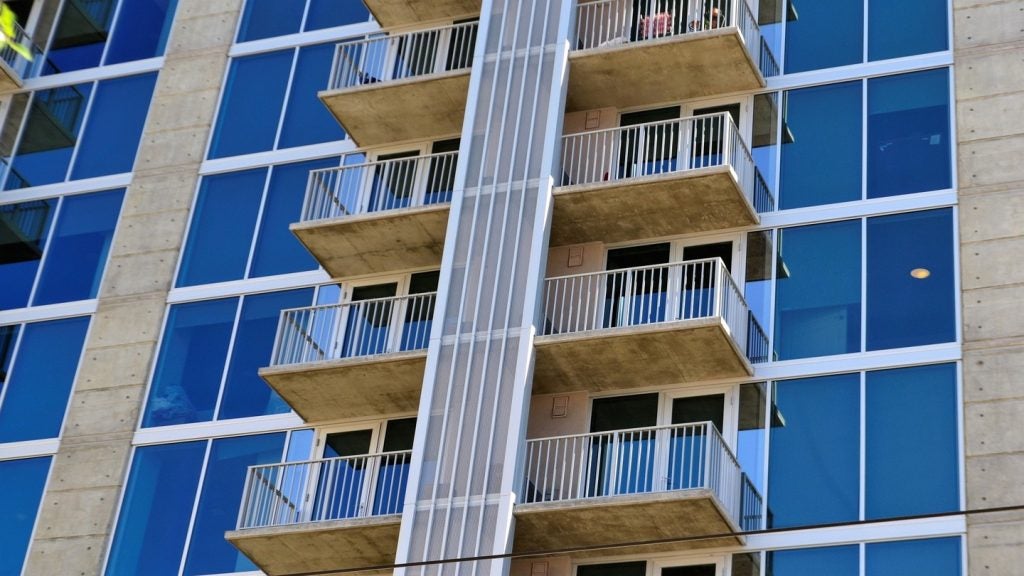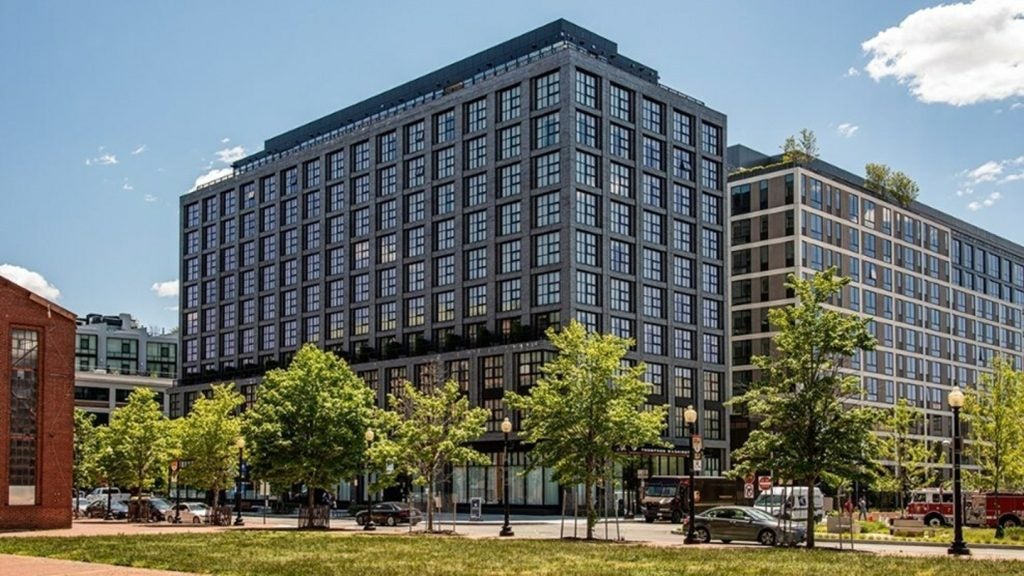
Against the backdrop of the global economic crisis, Jones Lang LaSalle’s Hotel Investment Outlook 2009 did not make for pleasant reading. An 80% drop in global hotel transaction volume in 2008 with a further decline of $19bn forecast for the year ahead was more proof of just how badly the sector had been hit by the global economic slowdown.
“The first half of 2009 will be equally as idle as late 2008,” revealed Jones Lang LaSalle Hotels CEO Arthur de Haast upon its publication back in January, “but the second half of 2009 will likely see more activity – a shake out of investment portfolios – as some investors will be forced to sell or make strategic portfolio decisions to dispose of assets.”
Now that we are well into the second half of the year, with “green shoots” having become entrenched in the public lexicon almost as abruptly as terms such as “sub-prime” and “toxic debt” 18 months before, are things playing out as predicted?
“Yes and no,” is de Haast’s measured response. “The level of distress some people were anticipating has not materialised. In the US that’s because so much of the debt was securitised and people are still figuring out how you deal with a non-performing loan within a securitised portfolio.
“Europe’s a little different. The strongly stressed markets where governments have been forced into nationalising or part-nationalising the banks have seen financial intuitions reluctant to take action on some of their bigger exposures. Moving on non-performing loans and bringing distressed assets to market creates a vicious circle: bring too much to market, the pricing drops and other assets on the cusp of non-performing are dragged down as well.”
See Also:
While this situation still seems far from ideal, most markets appear to be stabilising. “Even in the US, which saw particularly horrible reductions in RevPAR, we have now been through a few consecutive months where it remains negative, but not as negative as it was at the beginning of the year,” explains de Haast.
How well do you really know your competitors?
Access the most comprehensive Company Profiles on the market, powered by GlobalData. Save hours of research. Gain competitive edge.

Thank you!
Your download email will arrive shortly
Not ready to buy yet? Download a free sample
We are confident about the unique quality of our Company Profiles. However, we want you to make the most beneficial decision for your business, so we offer a free sample that you can download by submitting the below form
By GlobalData“With easing comparables and what appears to be increasing market and consumer confidence, hopefully that will feed through in Q4 of this year and Q1 of next.”
Credit markets remain the greatest challenge facing hotel investors and this has seen a shift in the demographic of people entering the market and the manner in which deals are being struck. “Anyone looking to buy with more than 50% debt is essentially out of the market,” de Haast claims.
“The debts we’ve seen have either been 100% equity, possibly with a view to putting debt on the asset when the market improves, direct vendor financing or through assumable debt.”
Such a state of affairs means highly leveraged investors such as private equity funds that dominated the market during the years of easy credit have been forced to step aside. Those now entering the market must take a longer view.
“It’s groups such as high-net individuals, cash-rich conglomerates and smaller, non-public hotel companies,” de Haast explains. “We’re witnessing a return of people who see hotels as strategic to their business objectives and are willing to wait for recovery. Take Hong Kong and Shanghai Hotels buying into the Majestic in Paris. With judicious use of equity they’ve been able to secure their brand in a key market. You will see some groups emerging from India, possibly China, willing to buy real estate in order to grow their brands.”
But does this flexing of financial muscle by the rising stars of emerging markets mean a curtailing of western brands’ ambitions in these key regions? Not necessarily, believes de Haast, but some expansion plans do need to be changed.
“In some markets supply has grown so significantly that it will take ten to 15 years to catch up. In others – India, for example – the fundamentals are such that demand will recover very quickly. Would I be building five-star luxury hotels there? Absolutely not, but mid-range properties targeted at the domestic market offer a great opportunity. The big players want to be in those markets but they have to realise that finding a developer who promises to conjure up 50 properties in five years isn’t going to happen. They must roll up their sleeves and be a little more pragmatic.”
It is not only in developing markets where de Haast feels that the days of the new five-star resort hotel, particularly those geared towards conferencing, are numbered. He believes it will be a decade before we see another such project green-lighted in North America.
“If I owned one of those hotels I’d certainly be looking at different ways of marketing it,” he reveals. “It will be a long time before banks and other institutions now associated with the taxpayer will be returning en masse.”
Operators may be under pressure to raise their game but owners and developers are seeing some benefits arise from the current state of the market. “Those that still have the funding recognise that they’re now in a far stronger negotiating position,” says de Haast.
“Previously it was very difficult getting a brand to even consider a proposal for management because they had so many options. Suddenly that pipeline looks very different, and the terms and conditions owners can secure are changing markedly.” De Haast does not believe we will see a great deal of panic selling.
Many companies run an asset-light strategy since well before the downturn and exposure is relatively low.
“Marriott achieved that objective some time ago and are now using their balance sheet very smartly,” he says. “IHG also hit the wave at the right time, but still own a few significant assets in key markets. Starwood has a lot of real estate on its books and we’ve a number of assets on the market for them, including the San Francisco W, which has just been sold to a buyer out of Hong Kong. The big question is Hilton in the US, where they’ve still got big exposures.”
For existing stock that does not find new investment, it seems inevitable many properties will fall into varying states of disrepair as eyes are kept firmly on the bottom line. “Cash is king and most hotels have had to cut costs dramatically,” de Haast explains.
“One of the first to go is renovation and repair. That will also be one of the last to return. People will be hesitant about pushing the button on capital expenditure or maintenance projects until they’re sure we’re looking at a sustained upturn. That won’t be for another 12-24 months.”
A new breed of owners coming into the market is perhaps the best sign that there is hope for the industry longer term.
“We’re returning to a level of transactions similar to ’03-’05,” de Haast explains.
“Those investors still making deals will be looking at the fundamentals of the business and will have a far deeper understanding of it than the financially driven groups who were playing around before. They know what hotels have to offer. Rented on a daily basis, asset and operationally management intensive: in a good market, that is a fantastic opportunity.”







